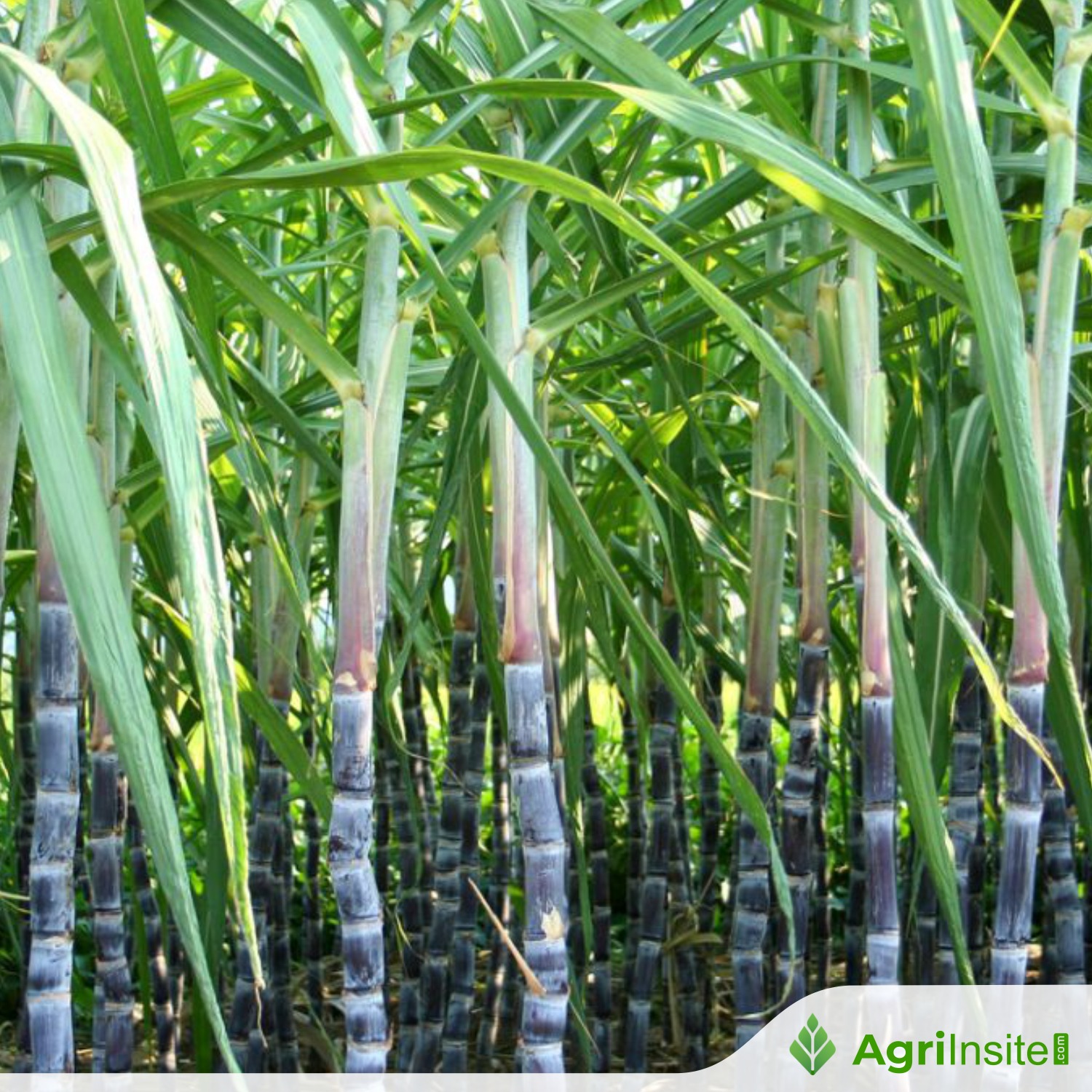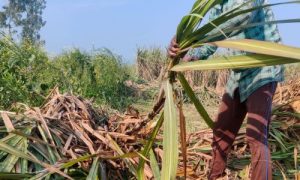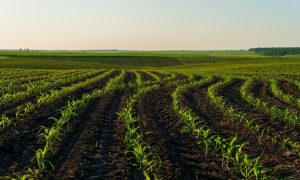A bid to turn around sugarcane’s bitter past in Telangana

Once a thriving sugarcane farmer, a 55-year-old from Narayankhed, Telangana, shifted to cotton and pulses due to groundwater depletion. Telangana’s once-booming sugar industry, led by Nizam Sugars Limited, declined due to erratic monsoons, lower sugar recovery rates, and rising costs. With mills shutting down, farmers had no choice but to adapt to sustainable crops.
At 55, the farmer from Narayankhed in erstwhile Medak district of Telangana has adapted to the changing times, cultivating cotton and pulses on his 25-acre rainfed land. With groundwater depletion rendering irrigation impossible, he no longer battles the uncertainties that once came with sugarcane farming. But the shift wasn’t by choice; it was a necessity.
Two decades ago, sugarcane was his mainstay, grown on seven acres. Back then, Telangana’s sugar industry thrived, supporting over a dozen major mills and around 125 ‘khandsari’ units. At its heart was Nizam Sugars Limited (NSL), once the State’s second-largest PSU employer, with crushing units spread across the region. But as monsoons turned erratic in the early 1980s, groundwater reserves took a hit. The decline in sugar recovery rates — from 12% to 9% — pushed mills into losses. Rising labour costs, the lack of mechanisation and inconsistent government support further crippled the sector, forcing farmers like Reddy to look elsewhere.
To read more about Sugar Industry continue reading Agriinsite.com
Source : The Hindu
















